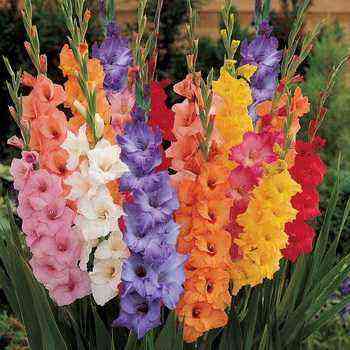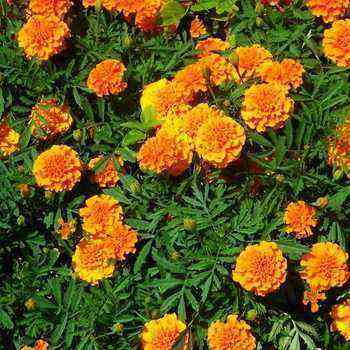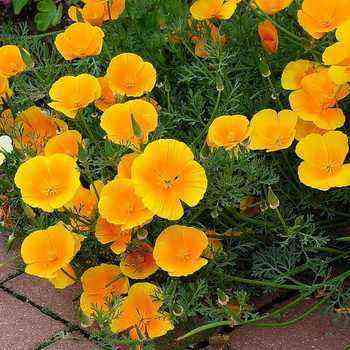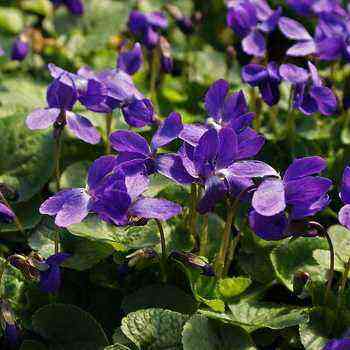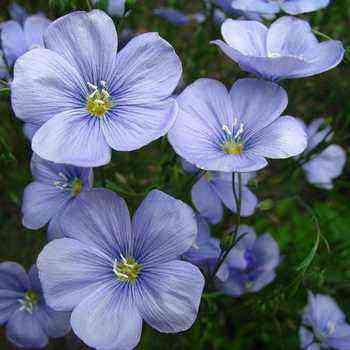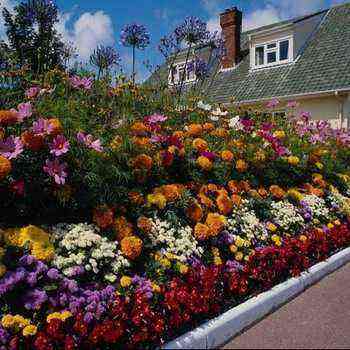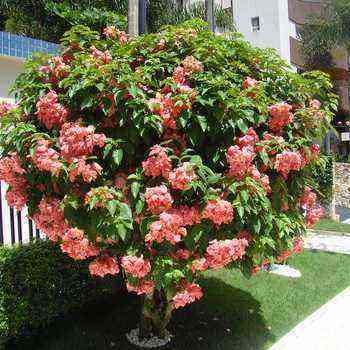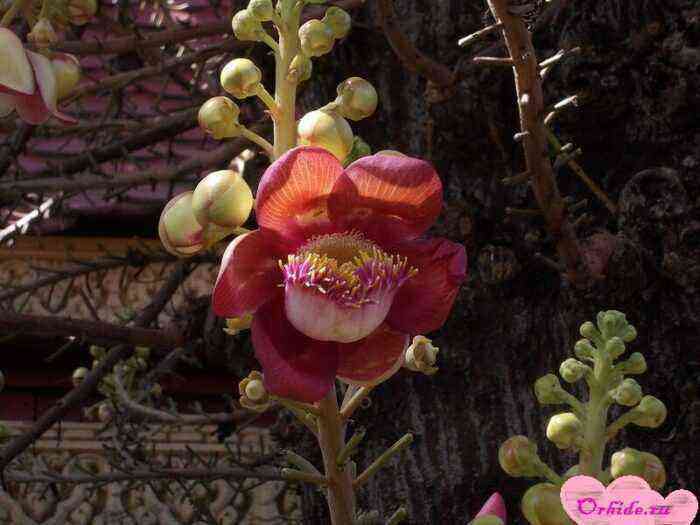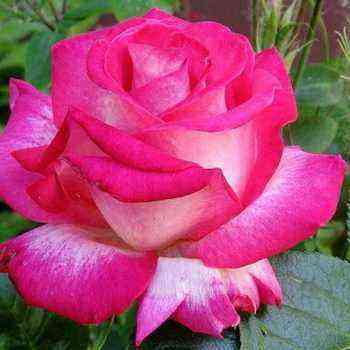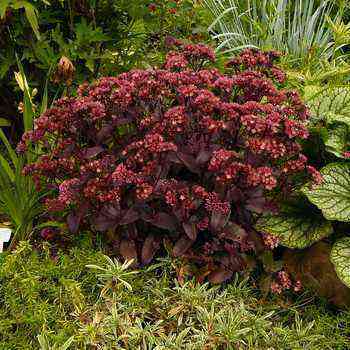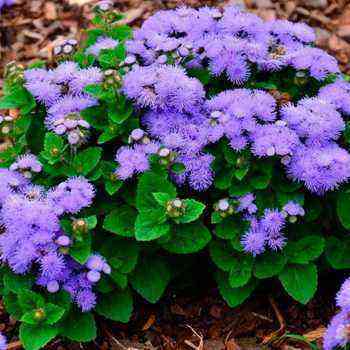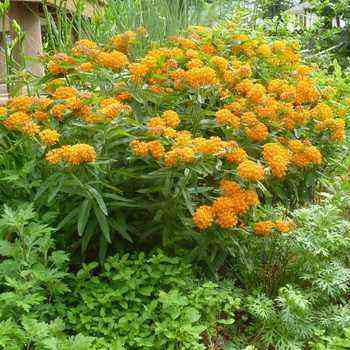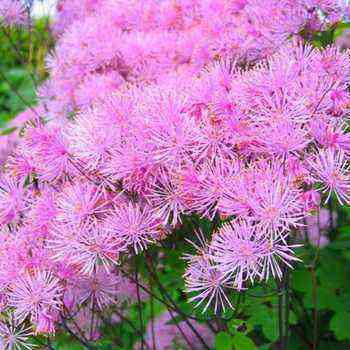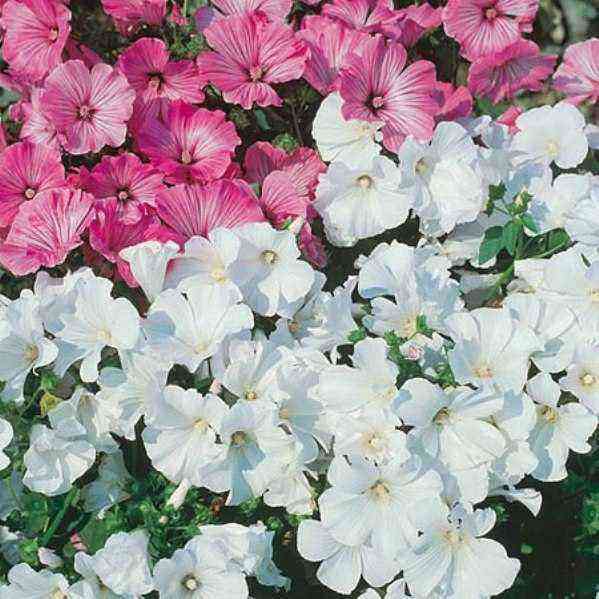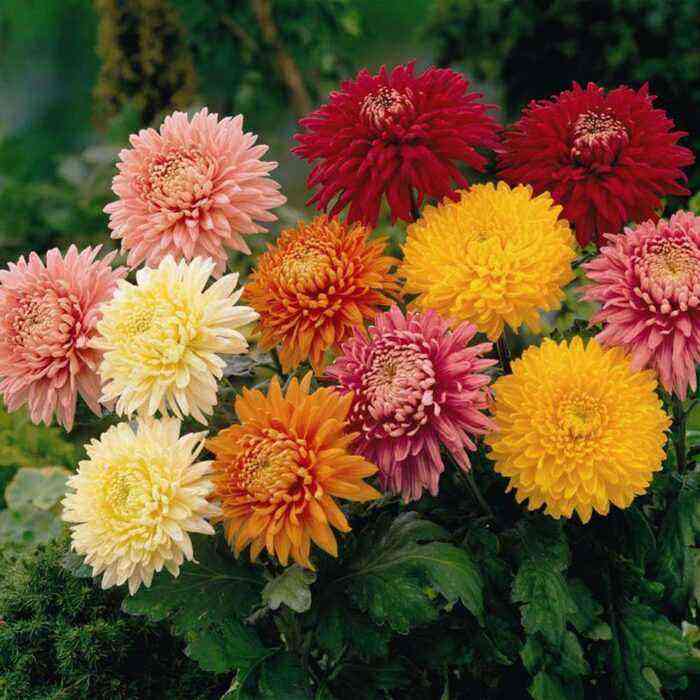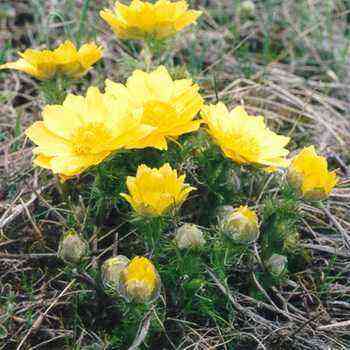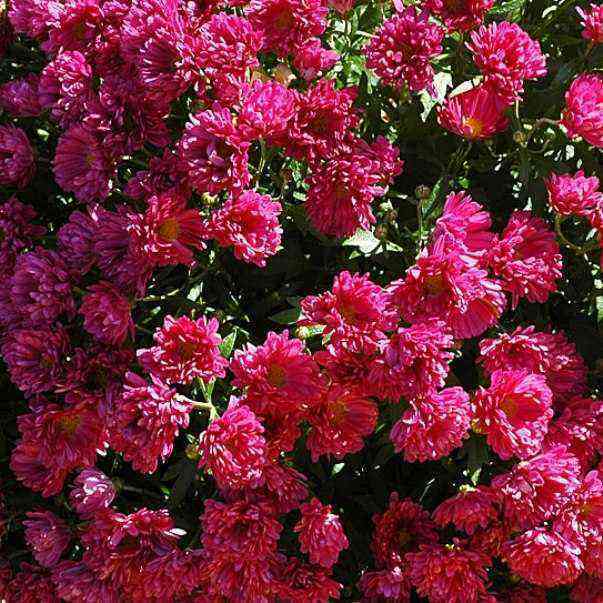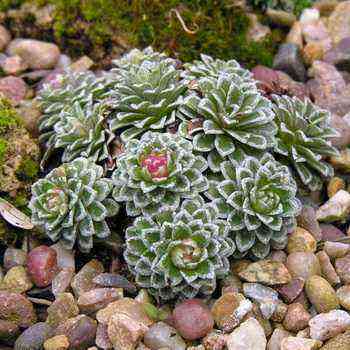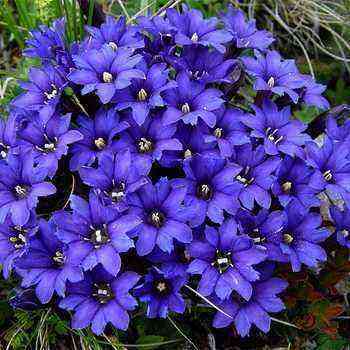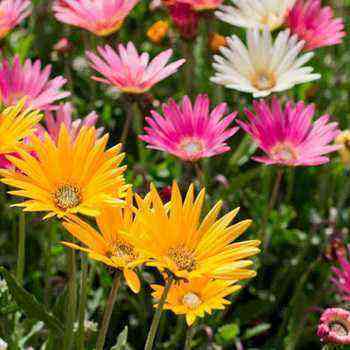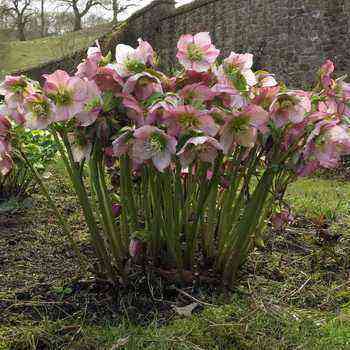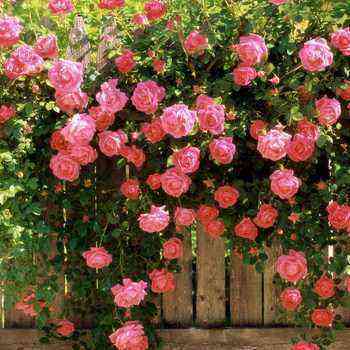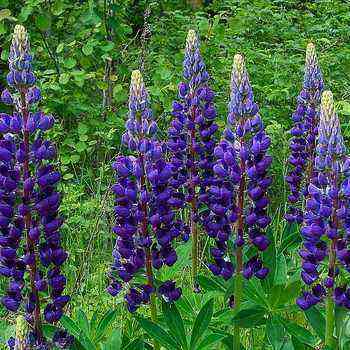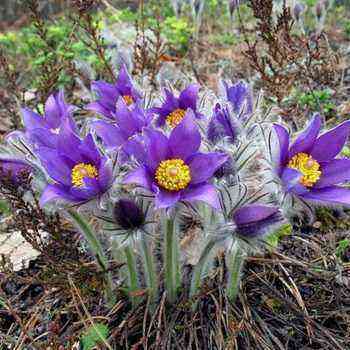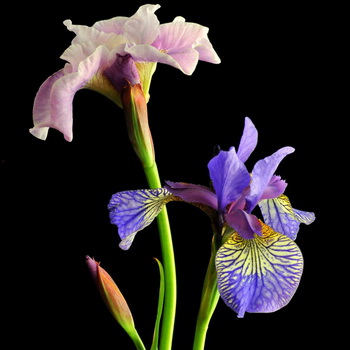 Iris flowers are affectionately called by the people Iris, cockerels or brewers. The first images of these plants were found in frescoes, whose age is measured for four centuries. Due to the variety of species and varieties, irises are one of the most common crops among world gardeners: they can be found all over the world, because individual varieties of these flowers are adapted to a wide variety of conditions.
Iris flowers are affectionately called by the people Iris, cockerels or brewers. The first images of these plants were found in frescoes, whose age is measured for four centuries. Due to the variety of species and varieties, irises are one of the most common crops among world gardeners: they can be found all over the world, because individual varieties of these flowers are adapted to a wide variety of conditions.
Below you can find photos and descriptions of irises, as well as learn about the conditions for their cultivation and reproduction.
Irises (IRIS) belong to the Iris family. These are mainly plants in dry open spaces (steppes, meadows, semi-deserts, rocks) of the temperate zone. Among the types of irises (and there are about 250 of them) there are giants and small plants, rhizome and bulbous. But in central Russia, rhizome plants, moderately moisture-loving, are the most promising. The rhizome is thick, superficially located with a mass of filamentous roots. The leaves are xiphoid, collected in fan-shaped bunches. Large flowers of all types of irises are located on a strong peduncle.
Types and varieties of irises with photos and descriptions
Tall irises have a height of 70-100 cm. Pay attention to the photo and description of irises of varieties yellow (I. pseudacorus) and. Kempfer (I. kaempferi) :

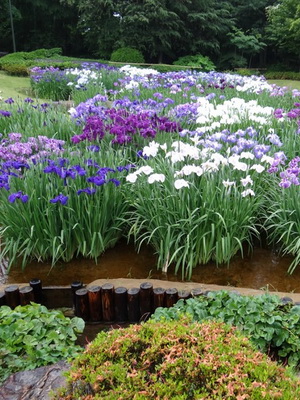
These plants have narrow leaves, large flowers of an original shape and color. All varieties are united in the group “Japanese irises”, they grow near water, in need of shelter.

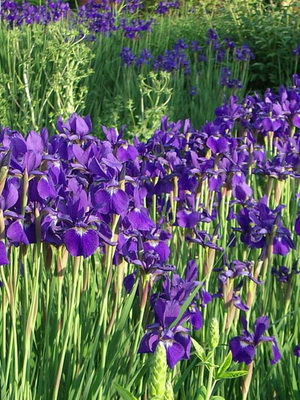
Siberian iris (I. sibirica) – the only one forms a dense turf, the leaves are linear, the flowers are relatively small, graceful. Interesting hybrids of winter-hardy Siberian irises:
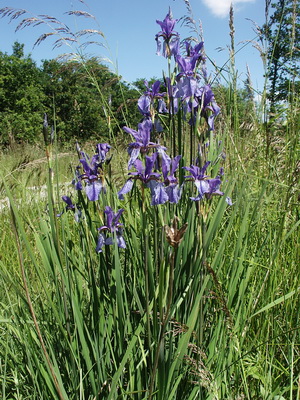
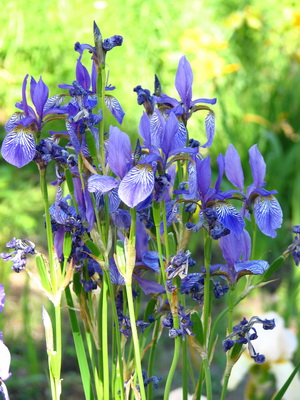
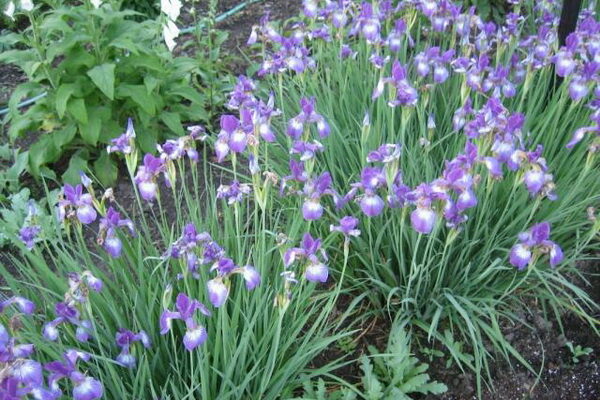
Perry’s Blue, Snow Queen, Butter and Sugar.
Hybrids:


Spuria – “Conquista” and etc.
Fashionable varieties:
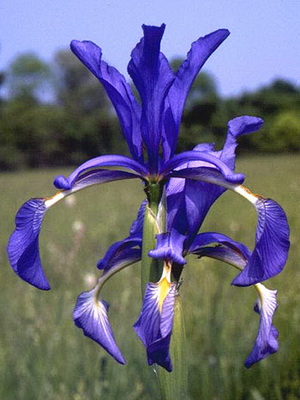

Loop de Loop, White Knight;

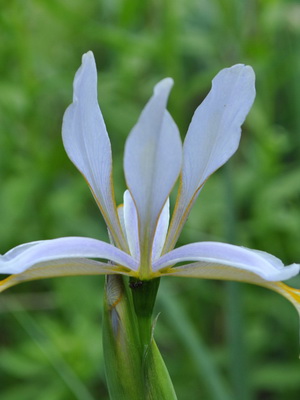
Azurea, Brassil and etc.
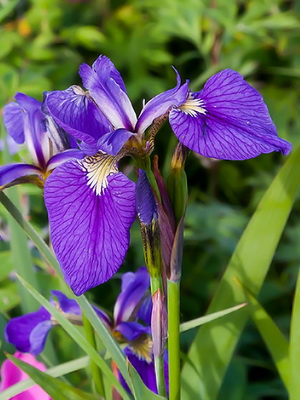

Iris bristly (I. setosa) has xiphoid leaves and purple flowers.
When describing low plants, irises are divided into undersized and dwarf.


Low-growing irises are 15-20 cm high, for example, leafless iris (I. aphylla) – large, bright purple flowers.
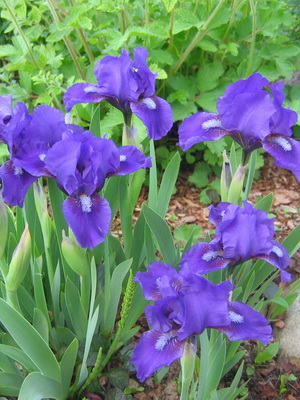
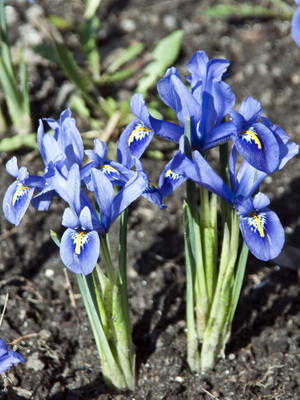
Iris dwarf (I. pumila) reaches a height of only 10-15 cm – its leaves are wide, flowers are yellow, purple. Both species are drought-resistant steppe plants.

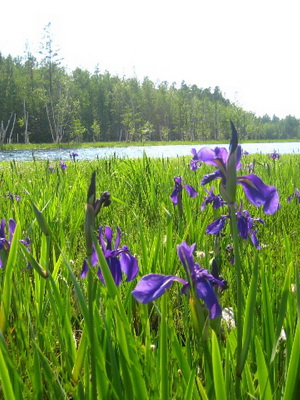
Iris smoothed (I. laevigata) – height 30 cm; multicolored iris (I. versicolor) – height 50 cm; moisture-loving irises.
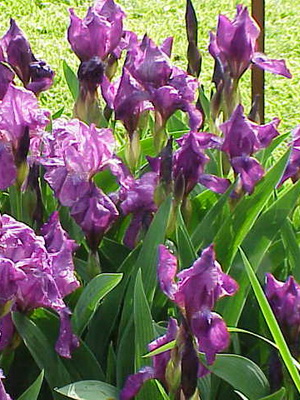
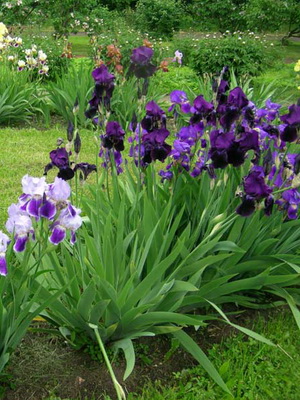
But the most popular varieties (known about 50,000) bearded iris, or Germanic (I. x hybrida) .
They are subdivided according to the length of the peduncle into high (above 70 cm), medium-sized (25-70 cm), undersized (below 25 cm) and the type of flower color (one-color, two-tone, two-color, plikata (bordered), iridescent).
The variety of iris varieties makes this crop one of the most common among flower growers in the world.
Growing irises
Growing conditions. All irises are photophilous, but one should take into account their different attitude to water – on wet, constantly moistened soils, irises are grown – yellow, Kempfer and bristly. With normal moisture – Siberian iris; on light, well-drained soils, other species and varieties of bearded irises.
Breeding. By dividing the rhizomes after the end of flowering (end of July-August) every 4-5 years. Delenka is a one-biennial rhizome with a trimmed bunch of leaves and a bud of renewal. After digging the rhizomes of the mother bush, they are warmed up in the sun for 5-6 days. The cut is planted superficially, sprinkling with a thin layer of soil. For the winter, fresh plantings are mulched with chips or covered with spruce branches.


As you can see above in the photo, irises of moisture-loving species are planted near water bodies. Dry-loving, low – on rockeries and in the foreground of mixborders. Bearded iris in combination with peonies, heuchera, low varieties of goldenrod, coreopsis, lavender creates a magnificent variety of flowers in flower beds and mixborders.
After flowering, the leaves are cut in half, and the peduncles are broken out. Iris is also used for cutting.
